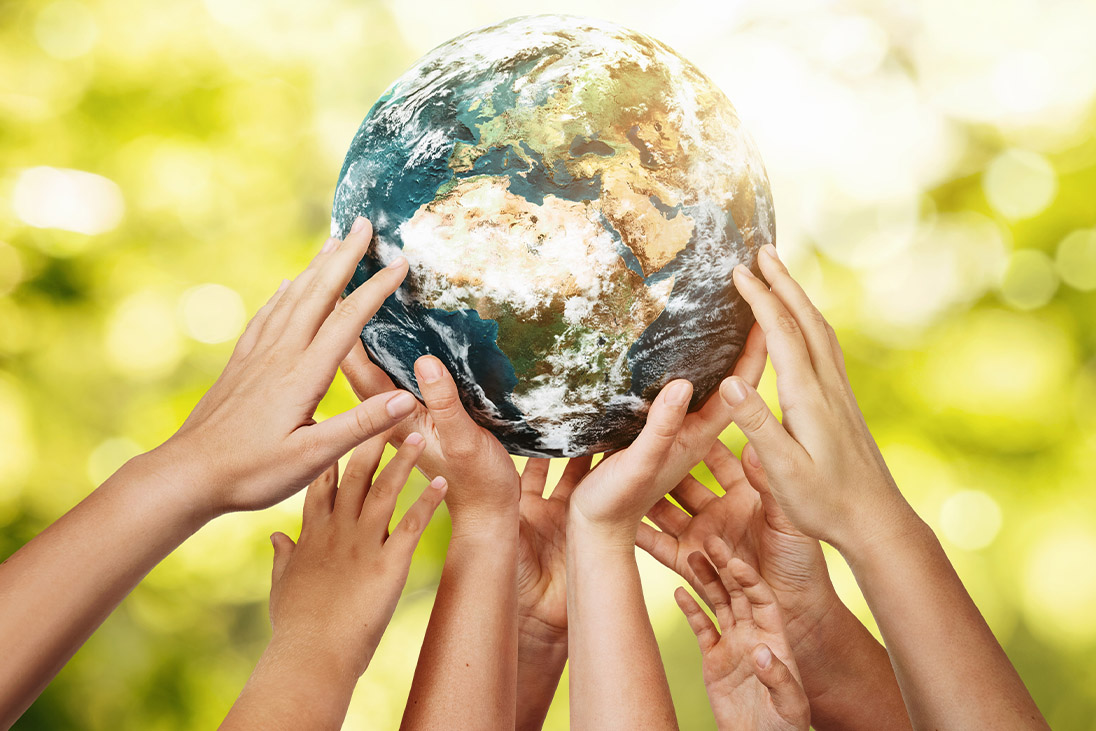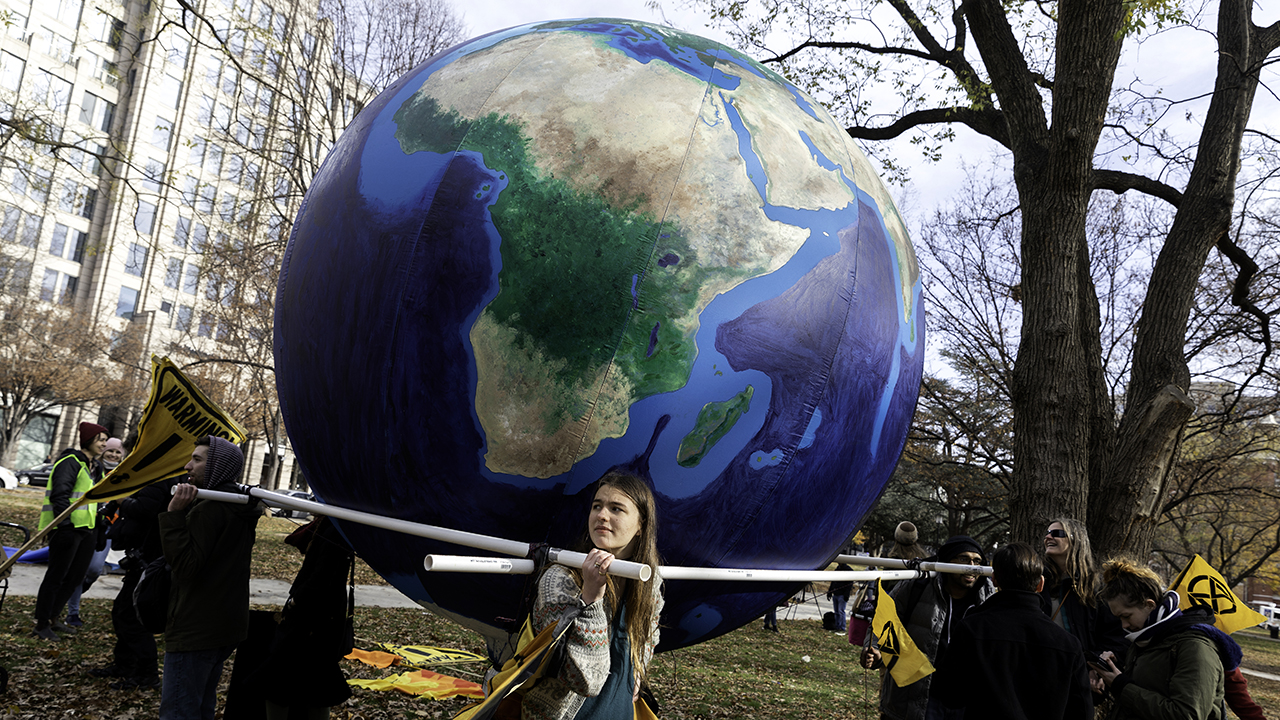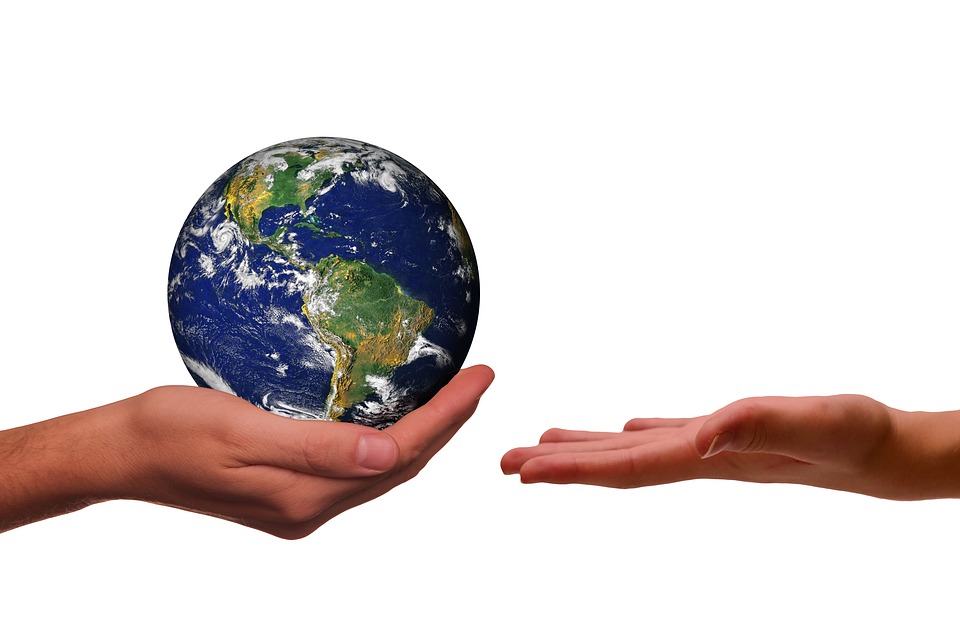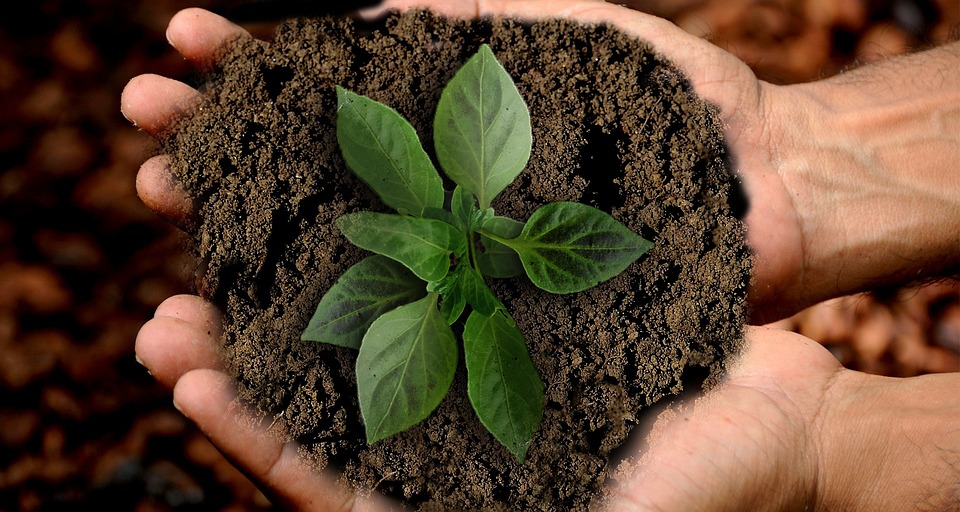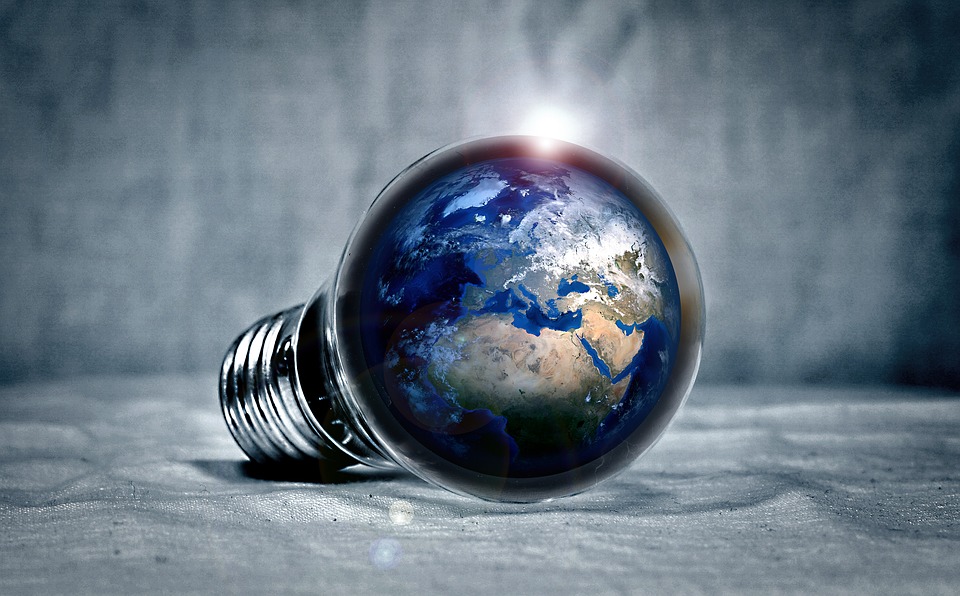From 6-years-olds to university students, housewives, and even retired people, we are all concerned about the protection of the environment. Saving water, shopping wisely and using long-lasting bulbs are some of the most common and effective ways of reducing your carbon footprint. However, if you take your role as an environmentally-friendly citizen seriously, how about becoming an environmentalist?
Investigate Various Environmental Issues to Find Your Areas of Interests
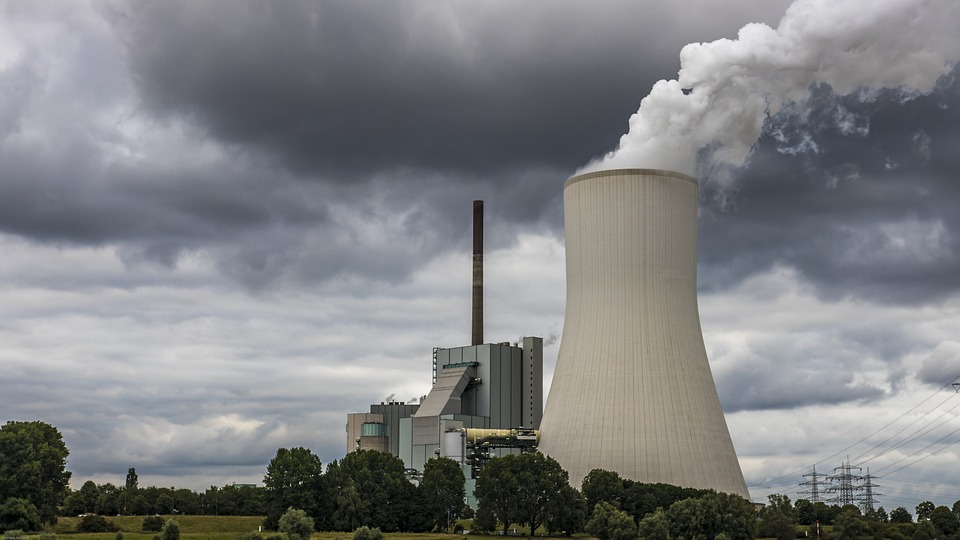
There appear to be an infinite number of interconnected environmental issues for you to address. You can help protect endangered species, clean up pollution, reduce carbon dioxide emissions, recycle, and promote renewable energy through environmental activism, among other things. Discover what interests you so that you can contribute.
You can learn more about nature and environmental science by reading. Read books, magazines, websites, and news articles about nature, environmental science, and environmentalist causes to stay informed.
You can also find ways to contribute no matter what you do during the day. You don’t have to narrow your focus, but doing so can help expose you to new ways to contribute to environmental causes.
Find Local Environmental Groups in Your Area With Which You Can Collaborate
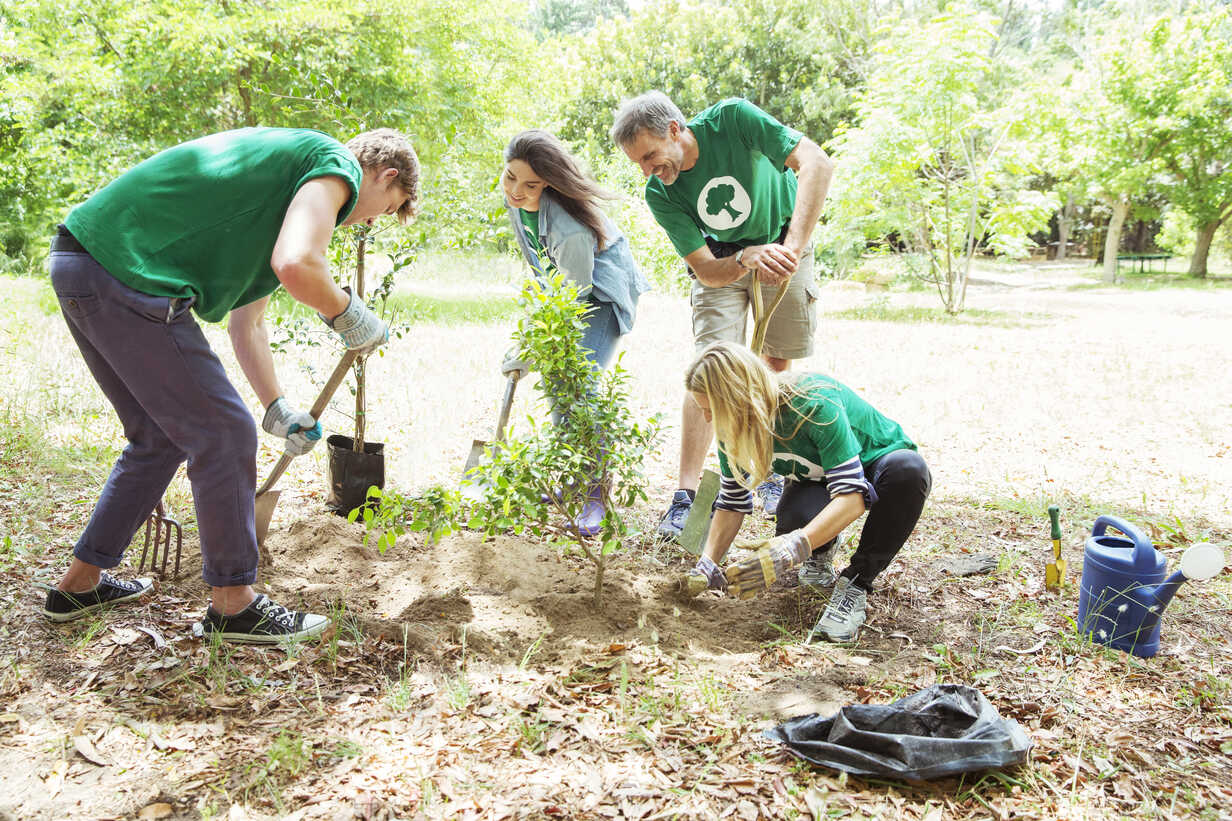
Working with an existing group in your area is the quickest way to get involved right away. Look online for volunteer opportunities and regional chapters of well-known environmental organizations such as the Sierra Club. For students who want to get involved, many schools and universities have environmental groups.
For example, if you are still in school, you could join a service organization such as Key Club and suggest environmental efforts. You could adopt a road or a beach and help clean it up.
If you want to travel abroad, there are numerous opportunities available all over the world. Volunteers are frequently accepted at animal preserves, and you can also contribute to a variety of other conservation projects.
For volunteer opportunities, contact environmentalists and organizations. Certain individuals and conservation organizations have emerged as environmental leaders. Look for contact information online, then write, call, or email them for ideas. Ask any questions you have about getting involved or making a difference in your community.
Many environmental organizations and activists collaborate with schools, businesses, and other organizations. They frequently give speeches to educate others about the environment.
Make Use of Your Skills to Advocate for the Environment in Your Own Unique Way
![]()
There are numerous ways to be an active environmentalist. If you enjoy interacting with people, you might enjoy becoming a docent and leading nature walks at your local park. If you prefer writing, you could write to your local politicians to advocate for environmental protection. Find activities that make you happy and contribute in a way that feels natural to you.
Even simple tasks like baking banana bread or painting faces can be beneficial. You could put these skills to use by raising funds at an Earth Day fair or another event.
Not every activity will feel like a good fit for you. Don’t be disheartened if an opportunity does not pan out. You can always find new ways to help the environment.
Invite Others to Join You in Your Environmental Efforts
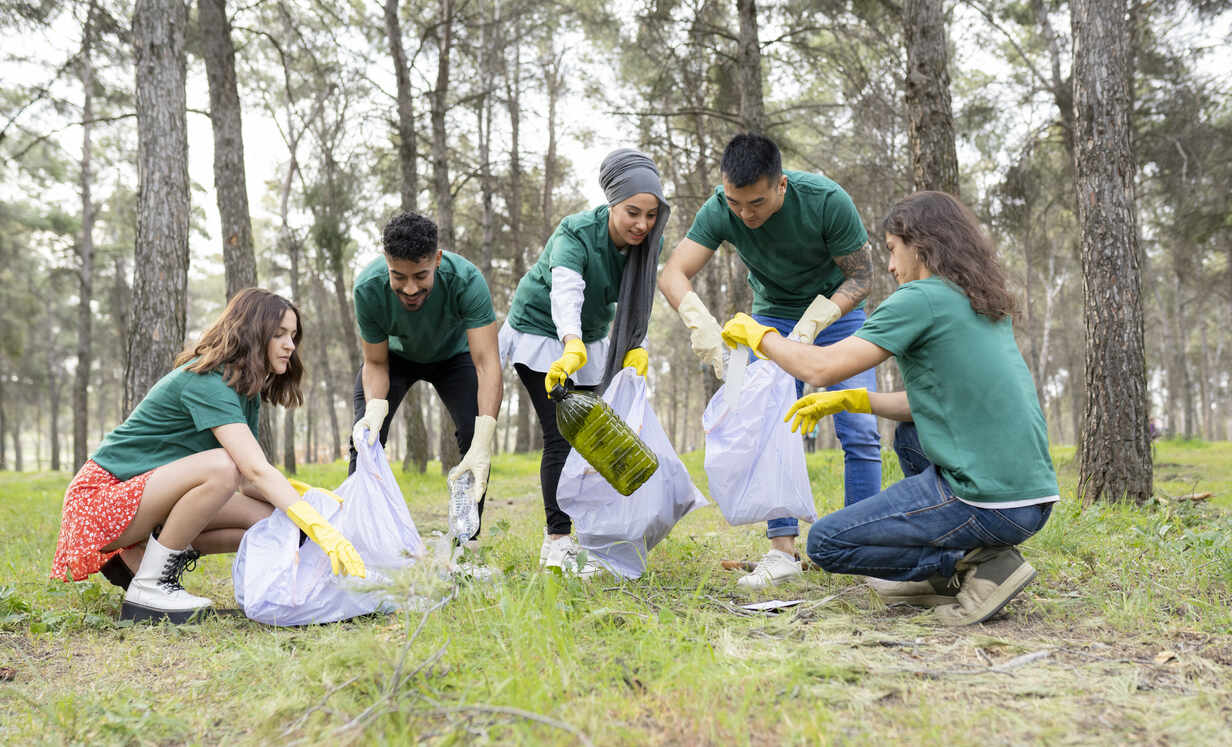
An activist’s goal is not to change modern industrial society on his or her own, but to mobilize broad grassroots support for serious reform. To begin, try discussing your beliefs and activities with family and friends. Encourage them to join you in your volunteer efforts or, at the very least, to make small changes such as recycling. Once you’re comfortable doing so, encourage your community to make small sacrifices to protect the air, water, and food on which they rely.
You can reach a larger audience by attending local political forums, street fairs, and other similar events.
Even if people appear hesitant to assist you, maintain a friendly demeanor. Not everyone shares your enthusiasm for environmental causes. Your best bet for reaching out to others is to be helpful and informative while volunteering for worthy causes.
